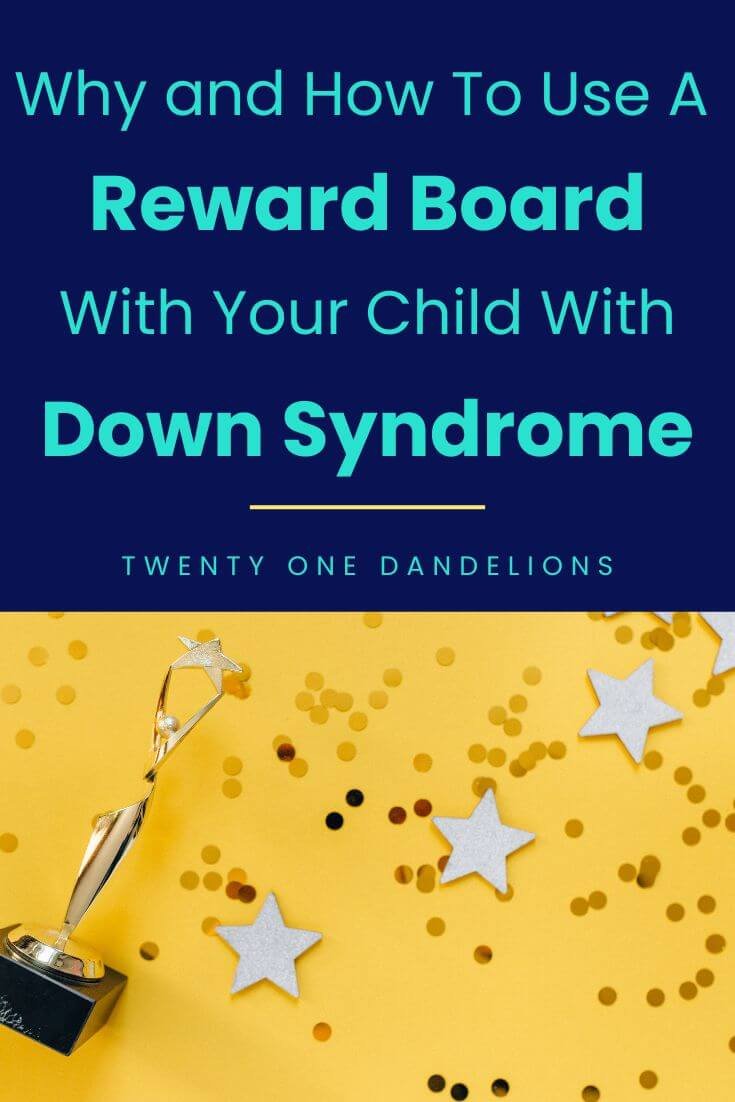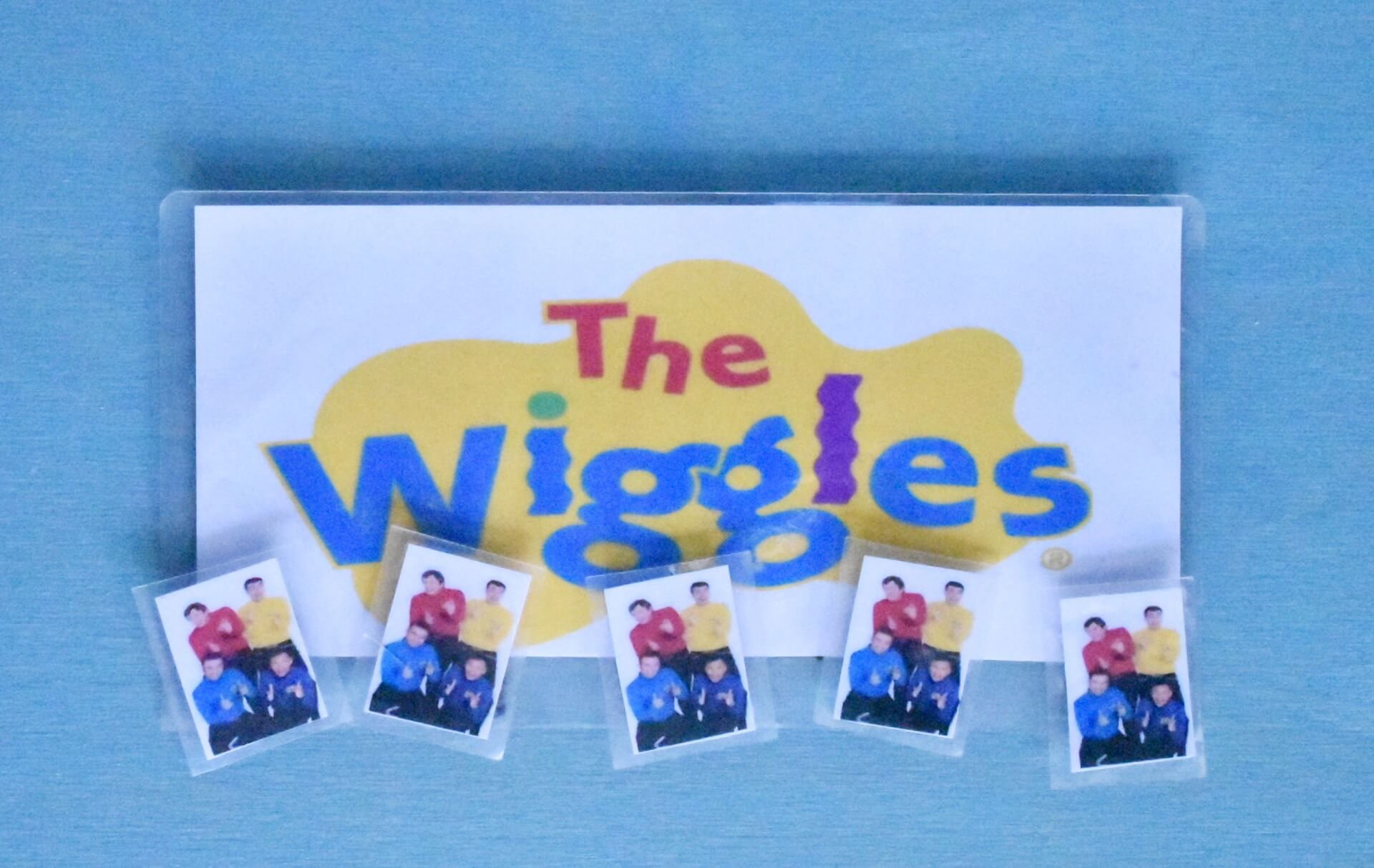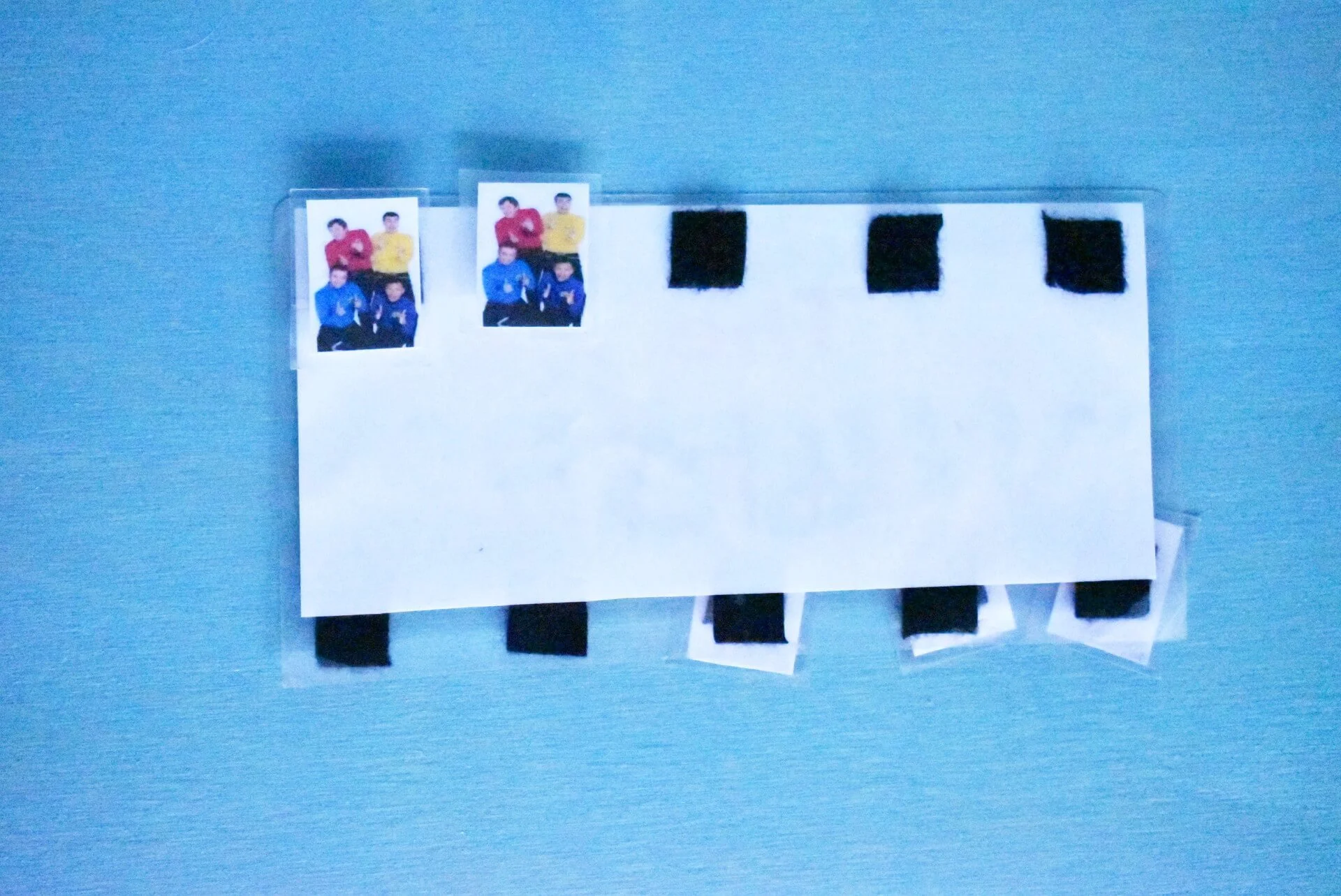Why And How To Use A Reward Board With Your Child With Down Syndrome
If you don’t know what a reward board (aka token board) is and you’re a parent of a child with Down Syndrome you NEED to read this!
Hey Mama Bears, full disclosure here. There are affiliate links in this post so if you click on the link and buy the product I will earn a small commission. Now that we’re clear on that let’s get back to rocking life with special needs!
We used the reward board with all three of our children and it was super duper helpful. With our child with special needs, we used the reward board from the time he was a toddler to the early elementary years EVERY DAY.
If you’re asking yourself, what is this reward board she is singing the praises of because goodness gracious, parenting is tough and I am always looking for tips and tricks.
Let me enlighten you.
What Is A Reward Board/Token Board?
A reward board is a positive behavior reinforcement tool.
Positive behavior reinforcement is basically using praise and rewards when a child does something good (such as picking up their toys) rather than criticism or punishment. The experts (people who get paid money to study things like this) tell us positive behavior reinforcement is a good parenting strategy.
I don’t know about you, but even as an adult I am more likely to repeat a behavior if I receive a lot of positive feedback. I am also more likely to strive to do and be better if someone is offering encouragement and pointing out what I did right rather than what I’m doing wrong all the time.
With a reward board your child receives tokens (gold stars, stickers, checks also will work fine) for good behavior with a certain amount adding up to a reward.
How Do You Use A Reward Board/Token Board?
Reward boards work best for ages 3-10 but this really depends on your child. They may be ready for a reward board earlier than 3 and they may still be an effective behavior management strategy beyond the age of 10.
Our behavior specialist made Max’s reward boards. You can buy them or use an app but I really like the one we had because it was small. I could easily throw it in my purse to use when we went out and about.
It’s simple enough to make a reward board like the one we had. You’ll need a laminator though.
Our behavior specialist created the reward board along with small tokens on her computer but you could certainly do it by hand. She printed them out, cut them to the size she wanted, and then laminated them. She attached square pieces of velcro to the front of the reward board as well as the back. On the back of the tokens she attached the other half of the velcro so they would stick to the reward board.
When you first introduce a reward board I would start out with a low number of tokens that need to be earned before a reward is given. We started out with three tokens for Max.
To introduce the reward board we used it during a time when undesired behaviors would surface or he wasn’t cooperating. When he was three this usually happened during Early Intervention therapy sessions or when we were working on a skill he was learning in therapy at home.
Before we would start I would show him the reward board and we’d decide on what his reward would be. We would also review the expectations such as good listening ears and quiet hands (this is the term we used for not hitting).
As we would do the activity I would try to give Max a token as quickly as I could for anything good that he was doing. I would say “Max you’re doing such a good job listening to Mommy here’s a token.” I would hand him a token and he would put it on the reward board.
It’s important to tell your child why you’re giving them a token and you want to try to give one as soon as you can for early motivation.
Why A Reward Board/Token Board Is An Effective Behavior Management Strategy For Children With Down Syndrome
Not everyone agrees that reward boards or token boards are great. In fact, they can be rather controversial in the education and therapy worlds. For our kids with Down Syndrome I am a fan of the reward board and Dr. David Stein agrees with me.
Dr. Stein is a pediatric psychologist and co-director of the Down Syndrome Program at Boston’s Children’s Hospital. He specializes in behavior therapy and neuropsychological testing of children with neurodevelopmental disorders so he knows a few things.
Dr. Stein wrote this phenomenal book titled Supporting Positive Behavior in Children and Teens with Down Syndrome. Five out of five stars as rated by me so be sure to check it out.
Dr. Stein outlines 6 brain differences between people born with Down Syndrome and those who are not. One of the big differences is in motivation or that inner drive to take action and complete things.
Some research shows that kids with Down Syndrome have a decreased inner drive to complete tasks.
Why does this happen?
Dr. Stein tells us to take a step back and look at all of the challenges individuals with Down Syndrome face with language, executive functioning, memory, and learning. When you take into account all of those things it’s easy to see how a task we consider simple would be challenging for someone with Down Syndrome.
We can also understand why you would lose motivation to complete a task if it was really challenging. A reward board provides motivation.
For us, reward boards were a game changer especially in those early years and that’s why I’m sharing my tips for using one!
Remember Mama Bears, like with anything on Twenty One Dandelions read it, think about it, and then tweak it so it fits for you and your family. If it’s not for you…that’s okay too!
Reward Board/Token Board Tips
Here are a few tips to make sure you are rocking the reward board…
Reward Board Tip #1: Create or choose a reward board your child is going to LOVE
Max loves The Wiggles. If you have no idea what I’m talking about let me once again enlighten you.
The Wiggles are a children’s music group from Australia. And yes, my son still loves them despite having “aged out” of their target age demographic. You haven’t truly experienced life with a toddler until you’ve rocked out to one of their songs such as Fruit Salad. Just saying.
Anyway, Max’s behavior specialist made him a Wiggles themed reward board. We kept it simple. Starting out he had to earn 3 tokens. He caught on fairly quickly and we moved it up to five tokens he would need to earn to get his reward.
The tokens were attached to a strip of velcro on the back of the board and as he earned a token he would move it from the back to a velcro square on the front. There were five velcro squares so he knew how many tokens he needed for a reward. So, if your child is really into something whether it be Doc McStuffins or Paw Patrol create a reward board that has a picture of their infatuation on it.
The front of Max’s reward board
The back of Max’s reward board
Using A Reward Board Tip #2: Have multiple reward boards
In order for the reward board to help with behaviors you have to use it. You can’t use it if you are always looking for it. We had multiple reward boards at home. I would keep them in easy to grab places such as on the refrigerator, my purse, and a wall mounted folder bin. This way I wasn’t constantly searching for one! I’m busy enough and if I had to spend time searching for it I would be moving on without it! The school used a reward board as well and had a back-up just in case!
Reward Board Tip #3: Choose rewards that are highly motivating to your child
You have to pick rewards your child is ga-ga over. If they are not highly motivating the reward board is not going to work. We had a few go-to rewards for Max. They were goldfish crackers, ice cream, TV (specifically The Wiggles or Barney), and the I-pad.
I know, I know, some of you are going to tell me food shouldn’t be a reward. Listen people, you don’t have to choose food as a reward for your child. You do what works for you and we will do what works for our family.
When we were not at home we would typically use goldfish crackers and the I-pad as an incentive. He would earn 5 minutes of I-pad time (we would put on a timer) or a handful of goldfish crackers. Once the timer went off or he ate his handful of crackers he would have to earn 5 more tokens for more.
Now listen up because this is very important. You must limit your child’s access to these rewards in other settings. If your child gets to use the I-pad or eat goldfish crackers any time he or she wants to, they lose their appeal and are no longer motivating.
Keep this in mind when choosing rewards. Max hardly ever used the I-pad, watched The Wiggles or Barney, ate ice cream or goldfish crackers unless we were using the reward board. Yes, it was tough telling him no when he would beg for The Wiggles outside of the reward board, but keep the big picture in mind.
Don’t easily give up the tools you have to help your child.
Reward Board Tip #4: Tailor the reward board to meet the needs of your child
When we first started using the reward board Max had to earn three tokens, not five. As he matured and learned and behaviors improved we changed it to five because that was appropriate for him.
Also, when you first start using the reward board you want to give tokens fairly quickly so they get immediate positive feedback. If you're stingy with the tokens at first a kid is going to become frustrated and say to heck with this. Again, as they get the idea and improve you can slow down how quickly you give out tokens and expect a little more. Keep in mind this can change on any given day.
On days when Max may have been fighting a cold or was tired or just being salty in general we would hand out tokens relatively quickly. Once he earned that first reward in most cases he would settle a little bit and things would improve overall.
As our children have grown and matured we have phased the reward board out and replaced it with other positive behavior reinforcement strategies but it really did make a HUGE difference when they were younger!
There you have it Mama Bears!
Four tips to help you use that reward board like a BOSS!
Now, if you enjoyed this post then you may want to check out…
6 Brain Differences In Your Child With Down Syndrome And How It Impacts Behavior
7 Common Behavior Issues In Children With Down Syndrome And Tips To Manage Them
15 Behavior Hacks For Your Child With Down Syndrome
Positive Parenting Solutions For The Special Needs Mom
Dandelion Tribe Takeaway: Positive behavior reinforcement is using praise and rewards when a child does something you would like to encourage such as pick up their toys. A reward board is a positive behavior reinforcement tool where your child receives tokens for desired behavior with a certain number of tokens adding up to a reward.
Mama Bear Share: Are you using a reward board and what tips do YOU have for ME?




